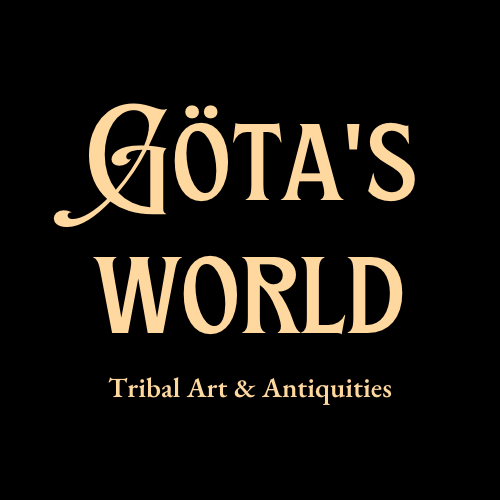Aweer Headrest
Aweer Headrest
Couldn't load pickup availability
Aweer people, early to mid. 20th century, Kenya or Somalia, East Africa
Elaborately decorated wooden headrest. The Aweer people inhabiting the Coast Province in southeastern Kenya. Some members are also found in southern Somalia. They are thought to be distinct relatives of the Oromo and the Watta who originally migrated from Ethiopia. The community is small and isolated, majority of population live in Lamu and Ijara districts. There are two main subdivision of the Aweer. The Kenya Aweer group and the Kilii, the latter located in Hola area of Badhadhe district in the southern Lower Jubba Region of Somalia. The Aweer historically practised traditional faiths such as Waaqism, though most have today adopted Islam. Athough there are group differences a basic belief system exists where they believe in a mythical being, part trickster, part creator (called Kaggen or Cagn). This creator god are capable of great good but also of playing tricks on people.
Headrests from this region are very refined, profusely decorated and artistically executed. Headrests are used both as pillows and as indicators of status. Men's headrests generally feature a smaller base that makes them somewhat unstable to sleep on, while the rectangular bases of women's headrests are usually more stable. The small, easily unbalanced base has made the headrest an emblem of alertness and the ability to wake to action. Made of sturdy but relatively light wood, the headrests are used on beds and are carried by herdsmen, who also use them to rest while keeping an eye on their herds. The headrests may be carved by the owner or commissioned from an artist. Most of their headrests are embellished with elaborate linear, circular and geometric motifs. The more elaborate the headrest, the higher the status is of its owner.
Delicate and intricately carved headrest, a circular block base, two well-shaped columns in a v-shape. Profusely carved on the outer uprights with interlocking designs with carved simple medallions on the top sections. The inscribed interlace patterns reflect the influence of Islamic graphic design in the region. Good condition. Age-related wear and signs of use. Deep brown patina. Traces of black colour. Size approx. 17,0cm x 14,5cm x 5,3cm.
Provenance: Finnish private collection



-
Shipping
The shipment will be prepared in the course of 3-5 days and dispatched via Posti Group Oyj or purchased item(s) can be picked up from our shop during the store's opening hours (Tarkk’ampujankatu 4, 00140, Helsinki, Finland). Within the Finland, all items are shipped via Posti Group Oyj unless otherwise requested. We pack the items carefully and mainly in recycled materials because we want to save nature. You will receive the tracking number for your items by e-mail.
-
Returns
Returns and exchange will be accepted within fourteen days (14) of receipt at the purchaser’s cost to include freight and packaging. Items must be returned in the same condition as when they were shipped, and will not be accepted if damaged or altered in any way. Please inform us via email (info@gotanmaailma.fi) or by calling +358408408352 before sending. We do not accept returns more than 14 days after delivery.



